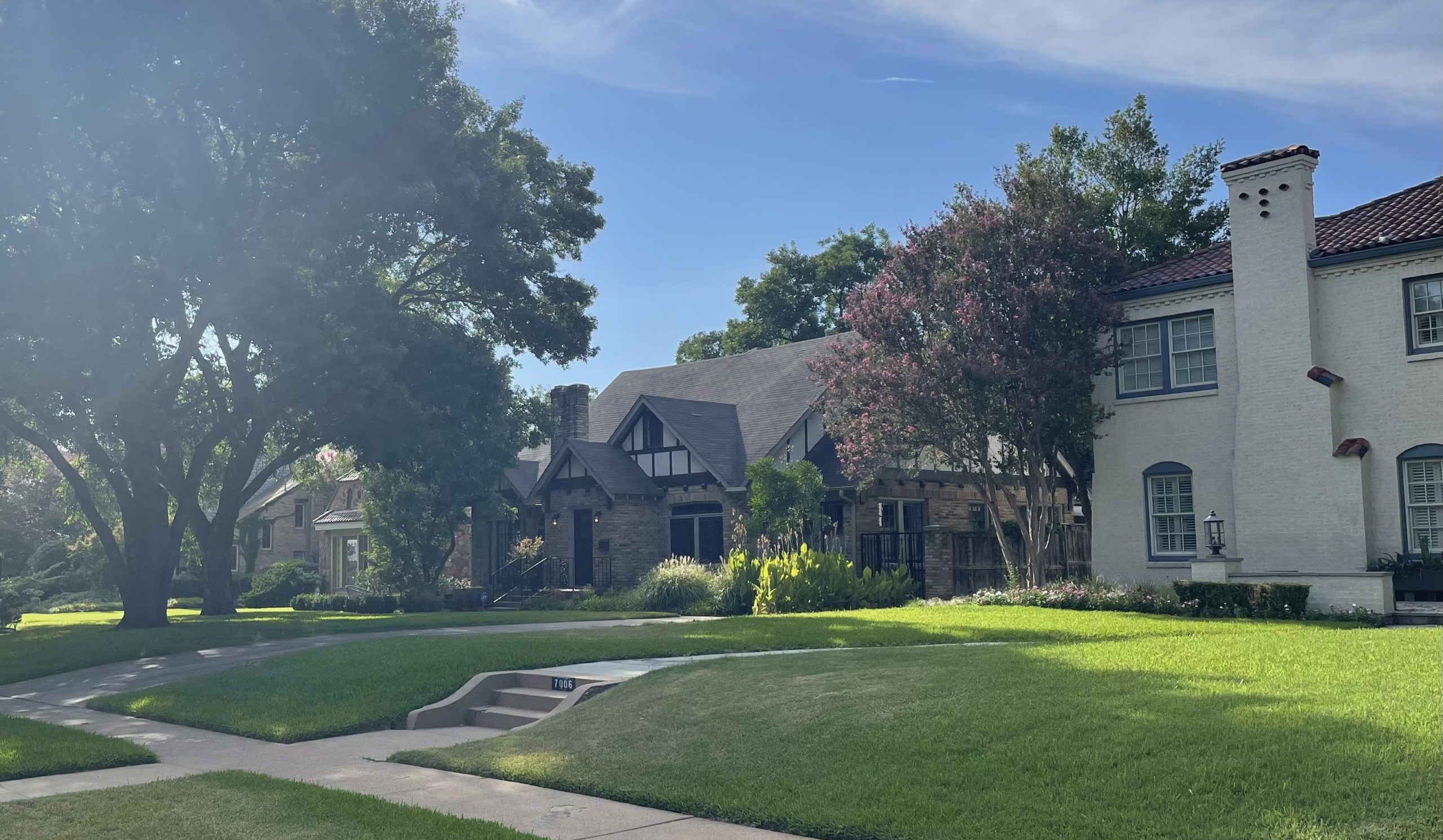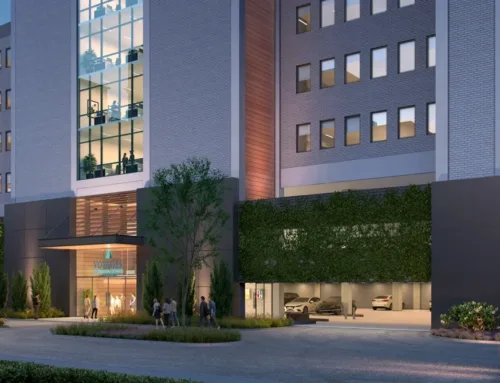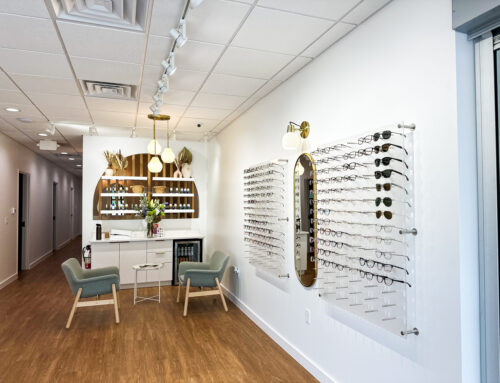
Homes on Lakewood Boulevard in the proposed expansion area. Photo by Renee Umsted.
Residents seemed to wrap up discussions on remodeling and demolition in the 13th meeting in the Lakewood Conservation District expansion process.
Several meetings ago, neighbors started talking about ways to classify homes in the expansion area, which encompasses 275 addresses in Lakewood. These classifications affect how homes can be remodeled and rebuilt, and which ones can be demolished.
At the meeting, held Feb. 13, neighbors agreed that homes of the five contributing styles (Tudor, Spanish Eclectic, French Eclectic, Neoclassical and Colonial Revival) should be remodeled in the same style. For example, a Tudor will always be remodeled as a Tudor, not as a French Eclectic or a mid-century modern. Of the 275 homes in the expansion area, 206 fall under one of those five styles, according to the neighborhood’s determination of eligibility.
For the quirkier homes in the neighborhood, there could be a provision for documented assurance. This would allow homes that have features nontraditional for their style to keep those features. Proof of those features’ existence would be shown through photographs or architectural drawings.
Homes built before 1960, deemed “original,” will be remodeled in their existing style or one of the five contributing styles. That covers almost all of the homes, because only about 40 homes were built after 1960.
Existing noncontributing structures — any homes that exist in the neighborhood on the date of the ordinance adoption that are not Tudor, French Eclectic, Spanish Eclectic, Neoclassical or Colonial Revival — could be regulated in their style or one of the five contributing styles.
Regulations will exist for remodels of homes not classified as contributing, but the guidelines will be more generalized than the remodel standards for contributing styles.
“It just ensures that any remodeling or additions won’t be so far out of the vein of what’s already there,” said Trevor Brown, a chief planner in Planning and Urban Design.
Though this suggestion provides more flexibility than forcing all homes, regardless of style, to remodel in one of five specified styles, a few neighbors said this regulation could still be a burden.
Some meeting attendees said they thought that the home values of noncontributing structures would be lower than homes with contributing styles because people are restricted in how they can remodel.
One homeowner who has a Ranch house said he wants to remodel, but it’s almost impossible to remodel the one-story house into one of the five approved styles. He said architects have told him he might as well tear the house down and build something new, but that’s unaffordable for him.
Though a few others sympathized with their concerns, the proposed regulations about remodels remained the same.
For new builds, the proposal is to limit homes to the five contributing styles. Brown said the ordinance will require certain architectural features, such as windows and roof pitch, to be typical of the style.
Demolition was also discussed. The first suggestion was to use a demolition clause to protect original contributing buildings, but neighbors also said they wanted to protect significant homes, those attributed to a notable architect or developer, such as Clifford Hutsell, Charles Dilbeck, Bertram Hill and Dines and Kraft.
Through the demolition language, a house may only be demolished if the cost of making the house compliant with building codes and zoning requirements is greater than 80% of the house’s value according to the Dallas Central Appraisal District.
The last topic discussed was paint. This had come up at a previous meeting, where neighbors agreed that black paint could not be used as a base color, and fluorescent paints could not be used. In the past, neighbors also said they liked the language related to paint in the Hollywood/Santa Monica ordinance.
At the most recent meeting, further regulations were discussed. A majority of the neighbors there agreed that the brick of original, contributing homes should not be painted. But the vote to prohibit painted brick on all contributing structures wasn’t clear; about half were in favor, and about half were against.
The next meeting is scheduled for 6 p.m. March 1 at Samuell-Grand Recreation Center. Neighbors still have to talk about trees, windows, porches, roofing materials and chimneys.
Find more information about the expansion process, including audio recordings of meetings, here.





